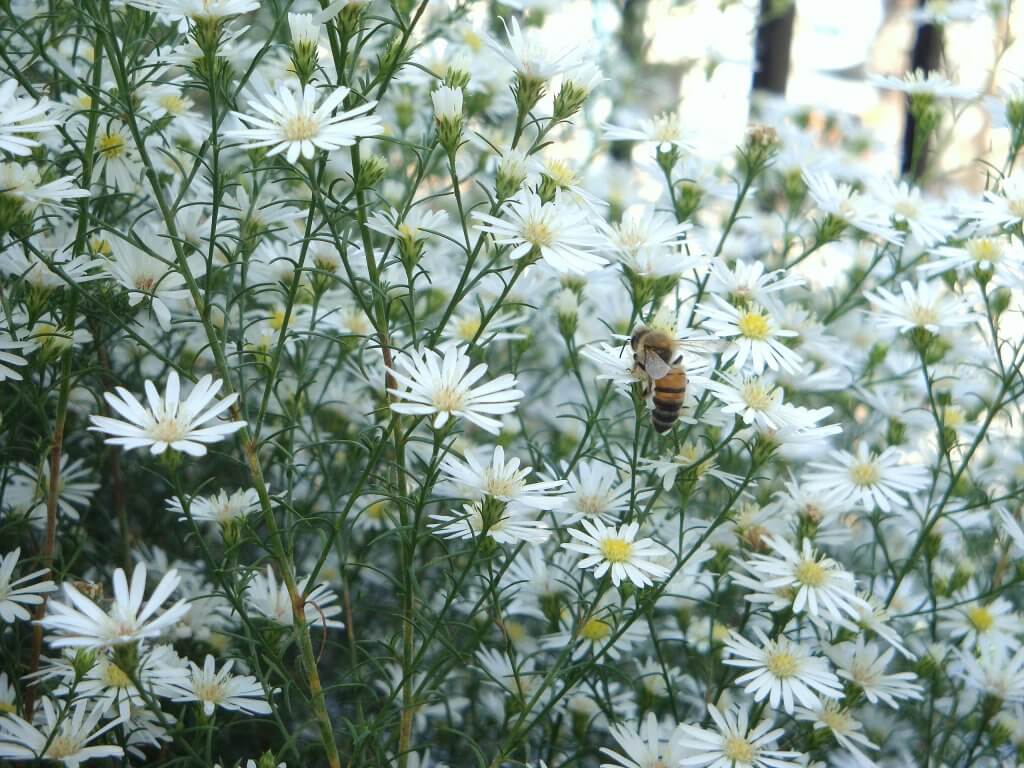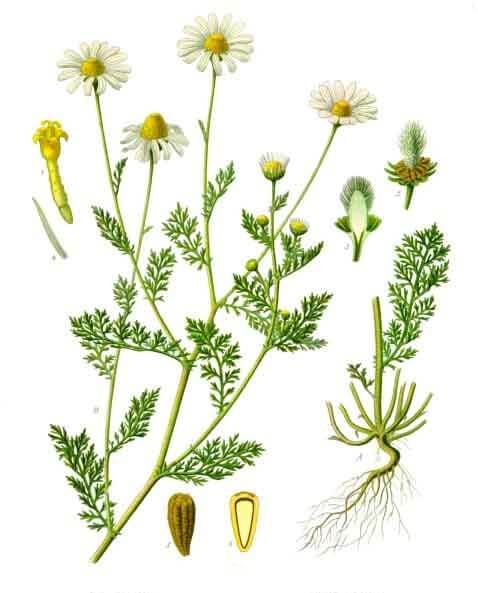Cotula (Anthemis cotula) is a annual plant native to large parts of Europe and Northern Africa. You will typically find it growing within meadows, along roadsides and grassy verges. You may know it by a number of other names including mayweed, stinking mayweed and stinking chamomile. The colloquial names of this plant hint at its particularly strong aroma, that many find to be unpleasant. Other names include dog-daisy, pig-sty-daisy and hog’s-fennel.
A famous pioneer by the name of Johnny Appleseed was said to have introduced cotula to North America. He believed it had valuable medicinal properties. Unfortunately cotula is an invasive species and it became to be considered a weed.
You may notice the appearance of cotula is very similar to daisies and chamomile. However upon closer inspection, the aroma of mayweed will help you in identifying the species. Their leaves form a bushy base at the bottom of the plant. With a soft and feathered appearance, the leaves line the stems upon which a bold yellow and white flower sits. The flowers have a small round cluster of yellow florets, surrounding by a circle of white oval petals.

Cultivation and History of Cotula
As an annual plant, cotula will die back during the winter months. As it self pollinates it is likely to remerge within the spring. To thrive it prefers a sunny location in well drained soil.
It is particularly invasive and can easily spread. So if choosing to plant it within your garden a container may be best to keep the roots under control.
The plant is not harvested commercially. However if you wish to use the flowers to create a herbal tea, simply cut new flowers as they bloom and dry them.

Toxicity
Cotula contains a foul smelling substance which makes it too bitter to consume. Research has shown that it could be toxic to house pets and horses. It has also been known to cause allergies, nausea and skin irritation in some individuals. So care must be taken if you plan to use it within a herbal tea. If you are pregnant or breast feeding cotula should be avoided as it can induce contractions.
Uses
Culinary uses of Cotula
You can make an aromatic herbal tea with the dried flowers of cotula, in a similar way to chamomile. It has similar soothing effects, but they are not as strong or effective as the substances found within chamomile.
In Peru you may see the plant being used as a herb to flavor certain dishes. However it does not have a wide history of being used within other cuisines around the world. Largely in part because of the strong, and perhaps slightly off putting odor.
Medicinal uses of Cotula

As cotula is so closely related to chamomile it can be used in similar herbal remedies. However it lacks some of the more potent substances found within chamomile. You can use it to treat or induce menstruation
A herbal tea can be used to soothe asthma, colds and fevers. Or alternatively when applied as a topical treatment it can relieve irritation from insect bites or soothe pain from piles. As the plant has been noted to cause allergic reactions, you must take care if using cotula as a herbal remedy.
Did you know…
The name ‘cotula’ is derived from a Greek word that translated as ‘small cup’. This refers to the shape of its flowers which can sometimes resemble small buttons.
Conclusion
Despite the strong aroma, the plant itself is attractive. With its soft leaves and bright flowers it can add an element of texture and color to your garden. Although the medicinal properties are not as highly valued as those from chamomile. You can still use the flowers to create your own infusions of herbal tea. Some individuals have even been able to extract a gold colored dye from the plant for use in art or fabric coloring.
—————Written by Hannah Sweet
Hannah is a freelance writer and graphic designer from the UK. With a penchant for travelling, photography and all things botanical, she enjoys writing about a wealth of topics and issues, from conservation and slow living, to design and travel. Learn more about her writing and design services at www.sweetmeanders.co
Many of our readers find that subscribing to Eat The Planet is the best way to make sure they don't miss any of our valuable information about wild edibles.
See our privacy policy for more information about ads on this site






